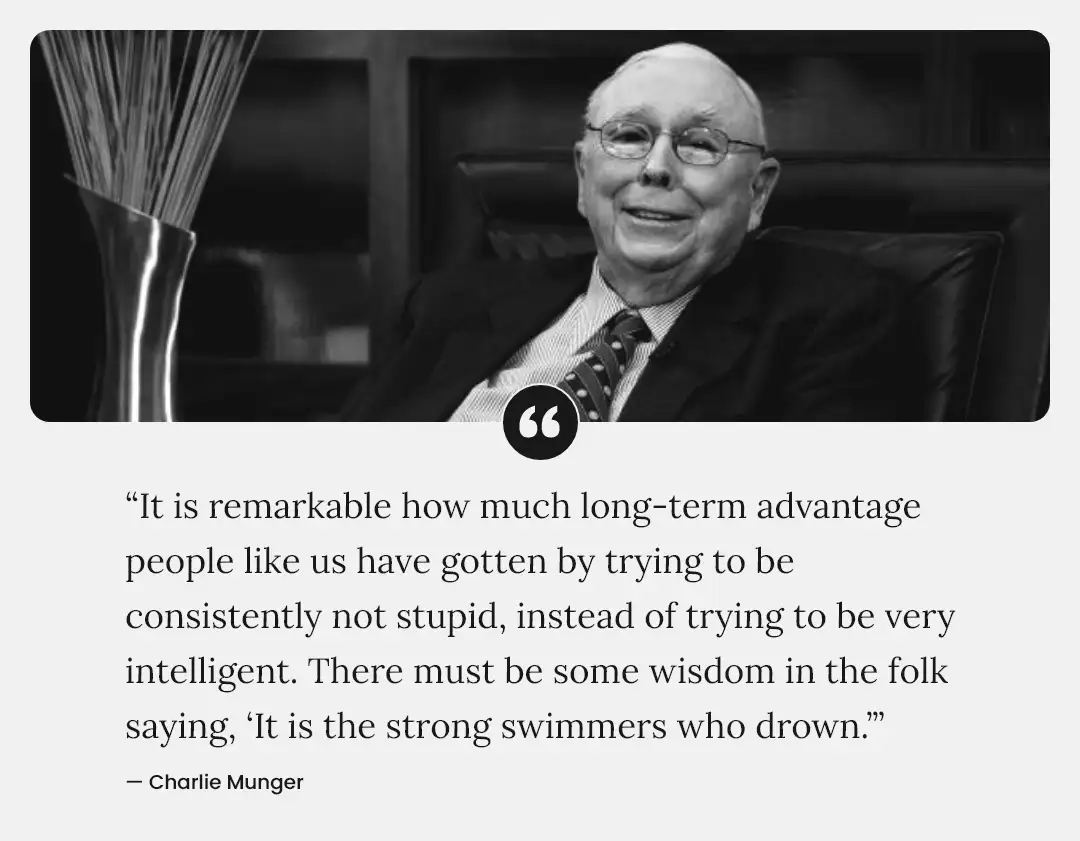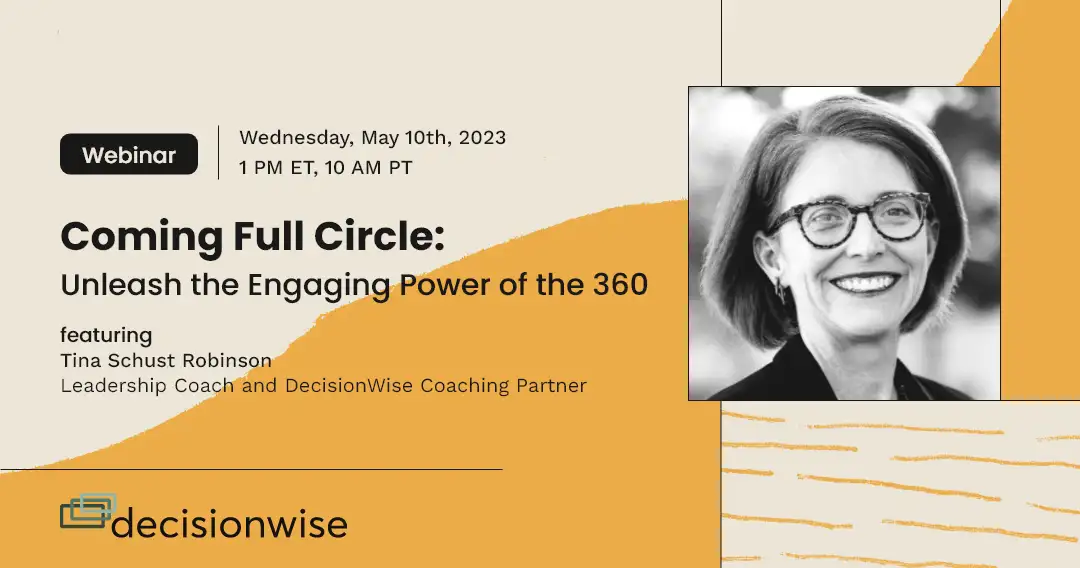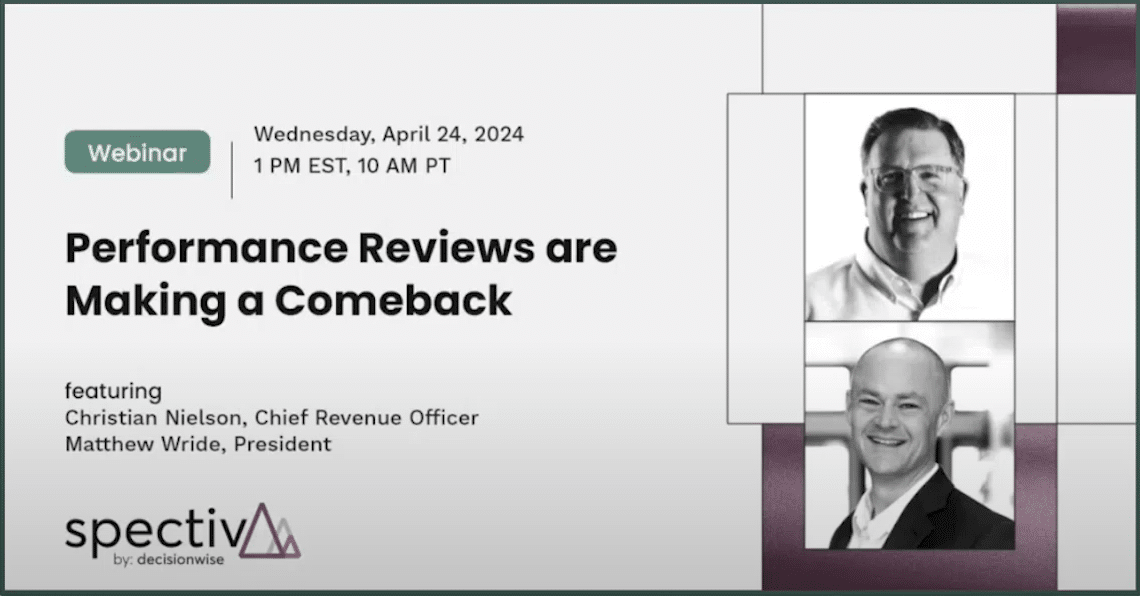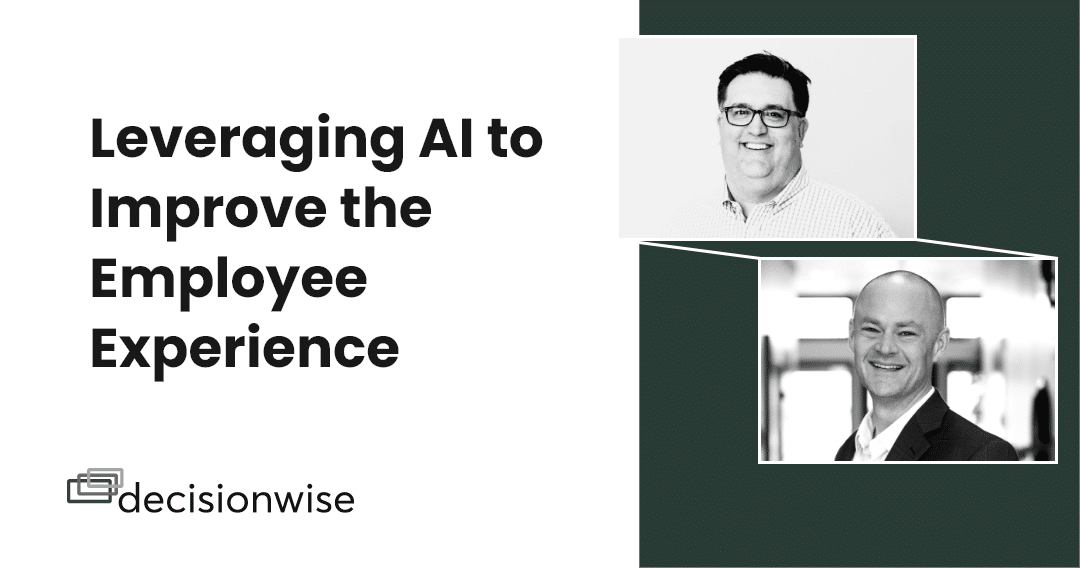
Brilliant in the Basics
The Increasing Importance of Human Capital Disclosure Requirements
Financial Reporting and HR? These two functions usually don’t coordinate often, but that is changing for three main reasons.
First, for most companies, their workforce is their single largest intangible asset that directly drives value creation (think software companies). Second, labor is often an organization’s largest expense. And third, the U.S. Securities and Exchange Commission (SEC), the agency responsible for proper financial reporting of publicly listed companies, is joining the HR party.
In August 2020, the SEC released a rule mandating increased human capital disclosure in public reports, such as an organization’s annual 10K. Under these rules, companies listed on U.S. exchanges will have to disclose key HR information, such as “human capital measures or objectives that the registrant [the company] focuses on in managing the business.”
For us in the employee survey sector, we are seeing clients reporting back to the SEC many findings from their core employee surveys, providing management and readers insights into areas such as:
– Organizational culture
– Succession planning
– Recruitment and turnover
– Diversity
– Organizational health, safety, and well-being
How is your organization complying with the Human Capital Disclosure Requirements? Visit us at www.decisionwise.com for more information.
What You Might Have Missed from DecisionWise
- These OUTSTANDING students wrapped up their semester-long internship with the marketing team at DecisionWise. We couldn’t be happier with their work!
- “We don’t think. We data.” See what Julie Nielsen has to say about Oyster Organizational Development’s partnership with DecisionWise.
- Create an employee experience plan using the quick start guide by DecisionWise
- Employee listening is crucial during hard times. Sit back, relax, and watch this webinar video all about it. Looking for more on the topic? Read this article.
- The DecisionWise 360 degree feedback platform, Spectiv, could be exactly what you’ve been looking for. Get a preview of what it’s all about in these trainings.
- Hard hats and employee listening actually have a lot to do with each other. See what we mean in DecisionWise president Matt Wride’s LinkedIn post.
- The cost of a bad manager is truly mind-blowing 🤯 The stats in this infographic might shock you.
- Not sure how to choose an engagement survey provider? These are the 6 vendor types you need to consider.
Featured Discussion
The Power 5: Five Elements for a World-Class Employee Experience
In 1995, author Gary Chapman published The Five Love Languages to help couples improve their relationships by showing them how their communication needs differ. For example, love might be felt by one person through acts of service, while another person may prefer words of affirmation.
Chapman defined his five love languages as gift-giving, quality time, words of affirmation, acts of service, and physical touch. The key to a high-functioning relationship, according to Chapman, is learning how to speak your partner’s “love language.” i Over the years, people have applied Chapman’s concepts to improve interpersonal communication in various settings. ii
At DecisionWise, we suggest focusing on a different set of five workplace elements. We call these our ENGAGEMENT MAGIC® drivers: Meaning, Autonomy, Growth, Impact, and Connection.
Some Background
An organization’s employee experience (EX) is an organization’s culture through the eyes of its employees. How do they experience their workplace on a day-in, day-out basis? The right EX strengthens an organization to produce winning results. Instead of letting a culture take root organically, the organization’s leaders take the time to intentionally design an employee experience that maximizes employee engagement.
Unlike EX, employee engagement is not an input into the system; it is an outcome. It is our reward for building and cultivating a strong EX. Engagement is an emotional state where employees feel passionate, energetic, and committed to their work. When employees are engaged, they invest more of themselves in their work. They choose to give discretionary effort.
A Word of Caution
Building the right employee experience, however, is not about republishing your corporate values, such as “We Drive Innovation.” Nor is it about defining a mission statement or corporate purpose; it is much more than aspirational statements.
It is asking what activities, conversations, leadership styles, behaviors, competencies, and opportunities must be part of an employee’s daily, weekly, monthly, and annual interactions with the organization and their front-line leader, the real linchpin of the organization.
For example, if you want employees to “Drive Innovation”, ask yourself how they should do so? What behaviors are expected of them? Do you currently reward innovation appropriately? Are managers given the autonomy to promote employees who are innovators? Do you allow for, or even promote, self-directed teams?
Building 5×12 Plans
Now, turning to the task at hand. We know that designing the right EX can be daunting, especially at first. For this reason, we suggest you start small and simple through 5×12 plans.
Ask your front-line managers to build a plan that touches upon one of the five MAGIC elements each month. Maybe it starts with a team session that talks about meaning. The following month it might be a listening session for individual employees (managers can only ask questions – no suggestions allowed!)
Here are some suggestions to help your managers start developing their 5×12 plan:
- Meaning: The work has a purpose beyond itself. Hold a team brainstorming exercise over lunch to answer this question: How does our work in [insert team name] help our organization win? At this point, ask your team to narrow down their answers to one or two key suggestions that address the core aspects of this question. Share your answers up the chain of command and across other departments and functions. Find a way to visualize answers in work areas by using visualizations, signs, cards, etc.
- Autonomy: The power to shape one’s work and environment for optimal performance. Hold a one-on-one conversation with each employee to explore the level of autonomy they need. Do not make any promises beyond doing what you can to listen and make changes where possible. Our experience suggests there is always something managers can do to improve autonomy, even if they are small, incremental changes.
- Growth: Being stretched and challenged in ways that result in personal and professional progress. Ask each employee to prepare a growth plan for the next 12 months. Review their plans with them, and then discuss ways the organization will support the plan.
- Impact: Seeing positive and worthwhile results from the work one does. Find and share a story with your team that shows how your team’s work made an impact on a customer. This might require connecting with the sales team to find the right stories.
- Connection: The sense of belonging to something beyond the individual. Create a recognition program and make it a part of your team’s ongoing culture. Here are some ideas to get you started: https://www.snacknation.com/blog/employee-recognition-ideas/
As your managers build their 5×12 plans, you will likely find other important elements that drive engagement inside your teams and organizations. As you move forward in this process, helping your front-line managers become engaging leaders, your employee experience will transform into something special, and employee engagement will thrive.
In sum, your efforts will yield key benefits such as lower turnover, better productivity, more meaningful innovation, and market share acquisition.
i https://www.5lovelanguages.com/.
ii https://www.forbes.com/sites/dailymuse/2011/12/28/the-5-love-languages-office-edition/#7fed2ba8bad8
What’s Happening at DecisionWise
UPCOMING WEBINAR
What if the 360 could move beyond performance management, even transcend employee development? What if the 360 could be your secret weapon in the battle for engagement?
In this interactive webinar, we will explore how the 360 can be a bridge between organizational engagement aspirations and required leadership behaviors.
We will review lessons learned from a client’s engagement-driven implementation of 360s. And we will share ideas for how you can connect the dots between engagement and 360s in your own organization.
HR News Roundup
- New Employee Engagement Trends Report From McLean & Company Highlights Critical Need to Measure and Act With Purpose to Improve Employee Engagement
- Navigating AI: what support do HR leaders need?
- Envisioning The Future Of Work
- Staying Resilient: How to Boost Employee Engagement in an Industry Downturn
- The Purpose-Driven Work Culture
- Reimagining the Performance Review








